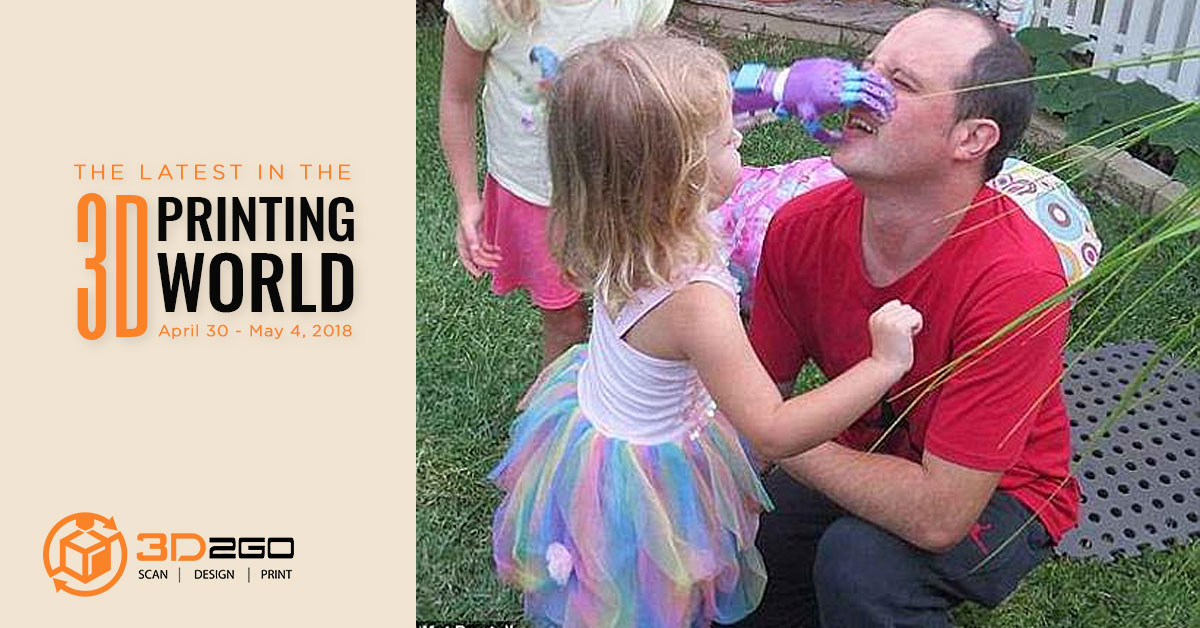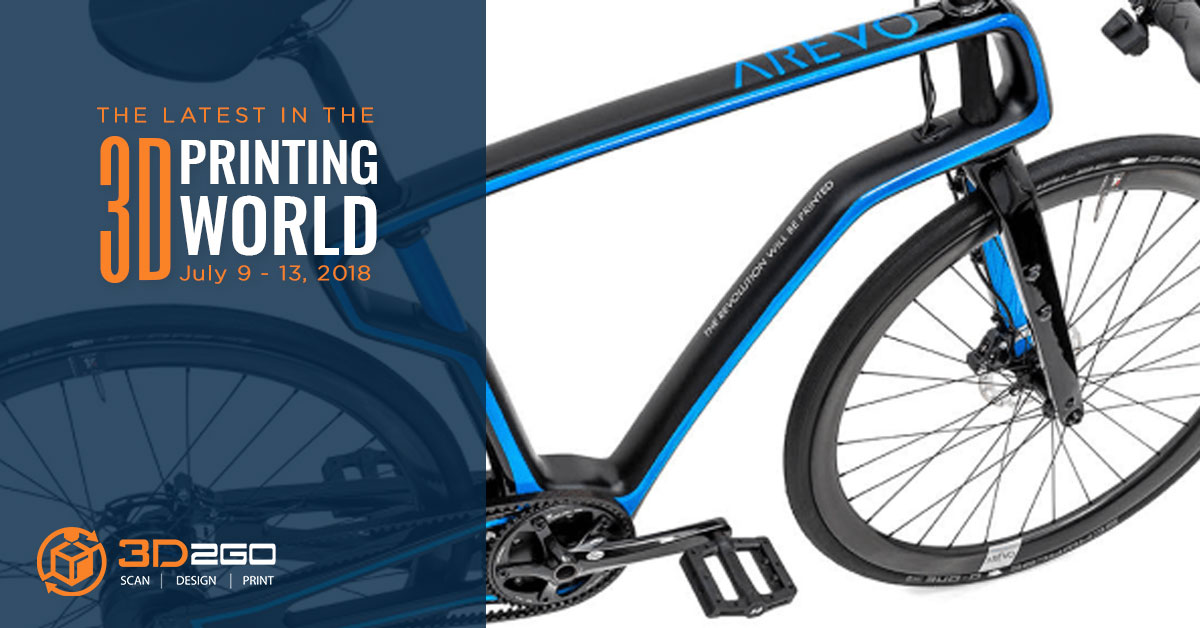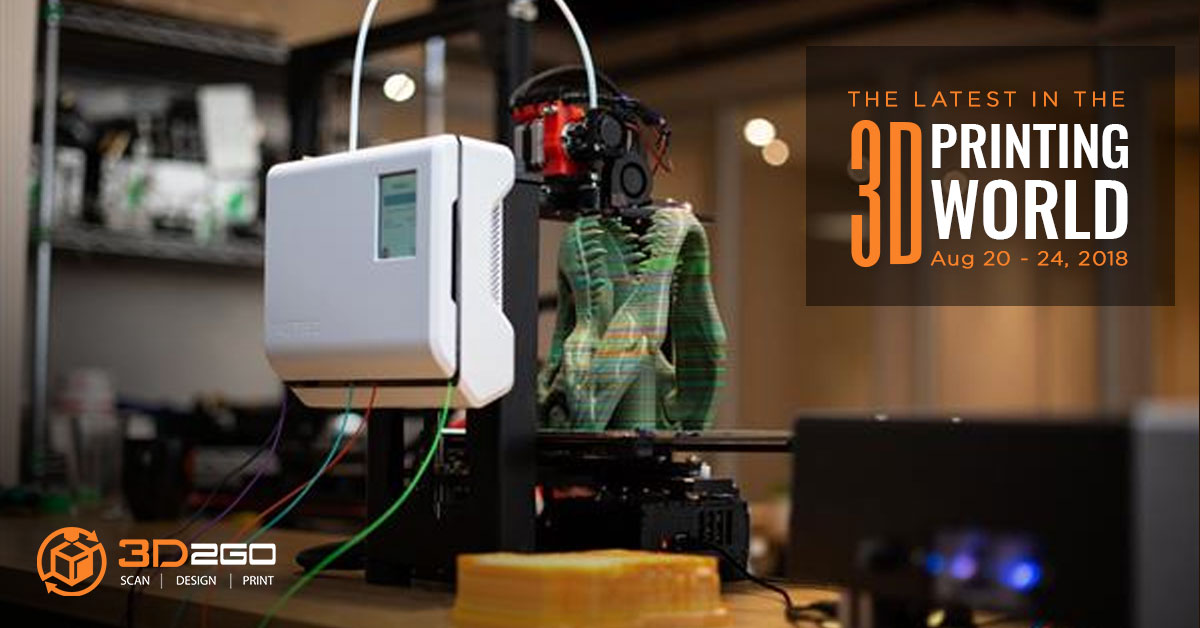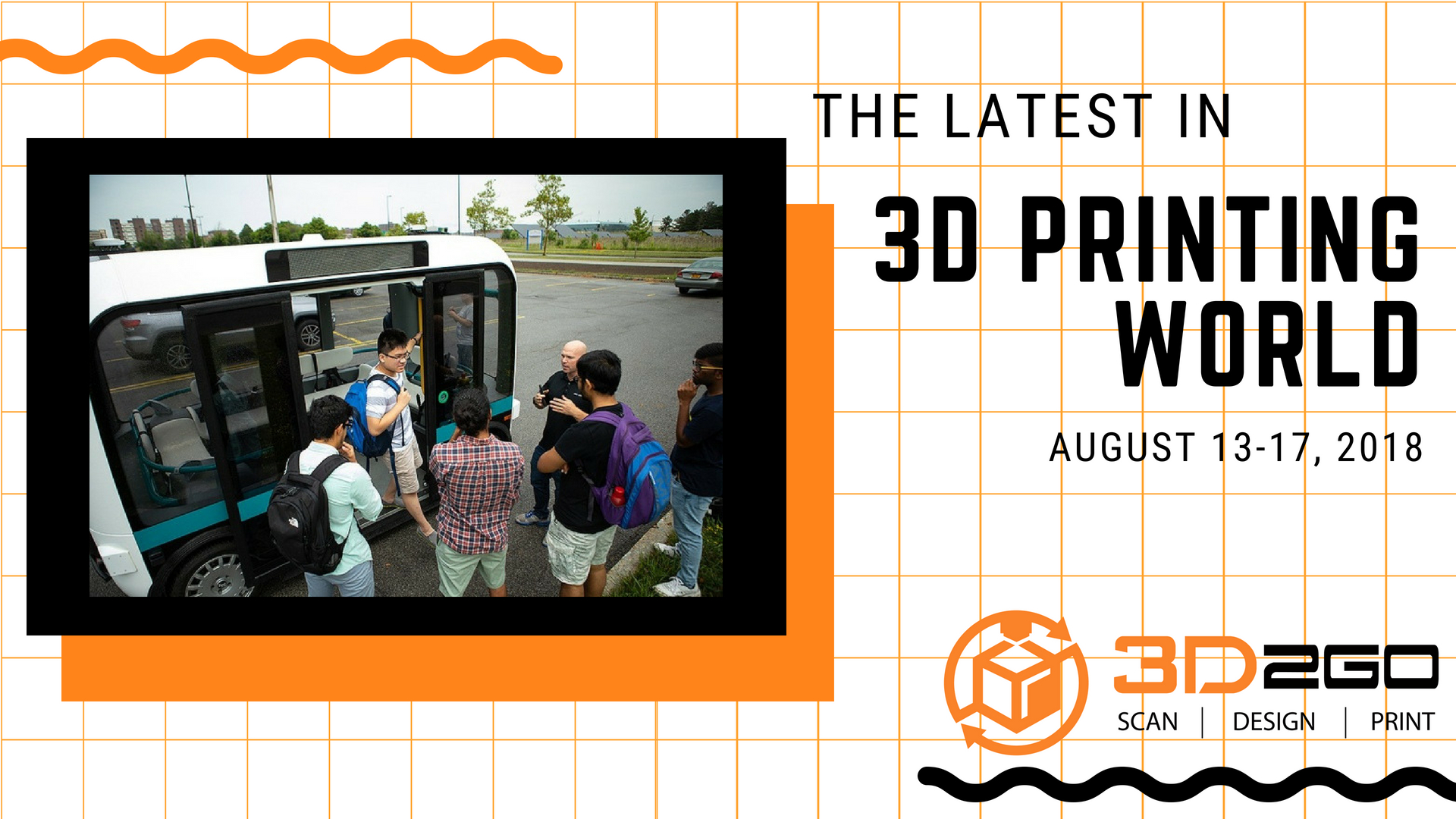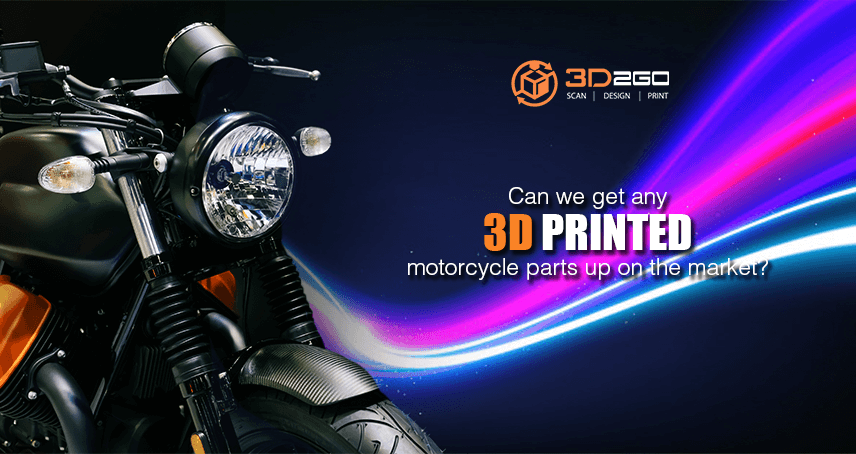
Can We Get Any 3D Printed Motorcycle Parts Up On The Market?
June 4, 2022
Top 3D Modelling House Software
June 4, 2022An Engineer Dad Helps Kids Play Again Using 3D Printing
Mat Bowtell, an Australian engineer has thought of a new device to help kids play more. He was a member of a Facebook group that helps kids and when one mother asked for a device, he gladly provided it.
Mr. Bowtell has been 3D printing prosthetic fingers and hands for children for a while now. With his new device, a three dollar handy device, kids can play more and do more activities like skipping ropes. Kids can also go fishing, play musical instruments and play golf.
Congenital Heart Disease Treatment Improves With The Help of 3D Printing
It looks like cardiology will take a bigger slice of cake in 3D printing as it will have a major advancement relating to additive manufacturing.
There was research that concluded that patients with congenital heart disease (CHD) could benefit from 3D printing. In the journal of the American College of Cardiology, JACC: Basic to Translational Science, a paper was published titled “3D Printing is a Transformative Technology in Congenital Heart Disease”, in the paper, it explained that the 3D printed cardiovascular guides will positively impact the medical field.
U.S. Army Awards GE With $9 Million
GE Global Research was awarded $9 million dollars to further improve the U.S. Navy’s metal 3D printed parts. Over the next four years, GE will create a process that will make a twin digital model of the metal 3D printed parts of the ships of the U.S. Navy. At the end of this year, the Navy will have an estimate of 1,000 3D printed metal parts. In the next two to three years, that number will increase.
“Using GE’s Digital Twin technology, we’re aiming to rapidly speed up the time that parts could be re-engineered or newly created using 3D printing processes,” Ade Makinde, Principal Engineer of Additive Technologies at GE Global Research, stated.
Carbon Releases New 3D Printing Materials
Carbon has announced that they will release two new 3D printing materials. The company has been one of the pioneers when it comes to 3D printing and they are not stopping anytime.
With the already amazing line up of materials Carbon has, they are going to add two new filaments, Epoxy (EPX) 82 and Elastomeric Polyurethane (EPU) 41. Since Carbon also works in all aspect of 3D printing – hardware, software, and molecular science – it is not a shock that they continue to create new materials for the technology.
Handheld 3D Skin Printer
Researchers from the University of Toronto in Canada has developed and created a skin 3D printer. The said 3D printer is fast and can start healing deep wounds in less than three minutes.
The newly developed 3D bioprinting device is called handheld bio-pen. It can form tissue in situ, deposit it, and set it in place, all within two minutes or less. Ph.D. student Navid Hakimi led the research with the supervision of Associate Professor Axel Guenther of the Faculty of Applied Science & Engineering and in collaboration with Dr. Marc Jeschke, director of the Ross Tilley Burn Centre at Sunnybrook Hospital and professor of immunology at the Faculty of Medicine.
For more 3D printing news, just follow our blog.


